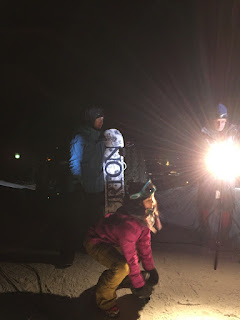It's About Preparing People, not Preventing Injuries
ACL injuries do not happen in a void. People sustain injuries when their infrastructure is unable to manage a specific set of physical circumstances. To describe the mechanism of the injury without the context of the person and their level/type of sport, is to miss valuable insight. In sport, we prepare the person, to the best of our understanding, to meet the physical demands of that sport. We do not just work to prevent one particular injury; we prepare athletes to navigate the total sport physical environment. By "we" I mean the coaching and support staff -- specifically the athletic development staff. Athletic development (AD) coaches prepare athletes through the development of physical literacy and movement competencies via movement progressions. It is more than strength, power, agility; it is the acquisition of knowledge, skills, abilities and behaviors to manage themselves within the entire sporting environment. At the higher levels of sport, AD coaches coordinate wit


